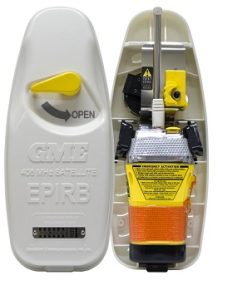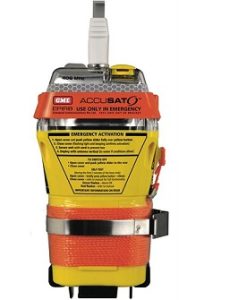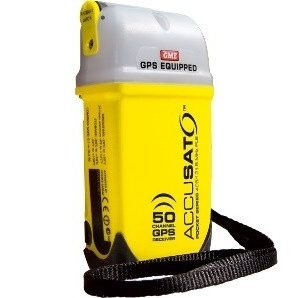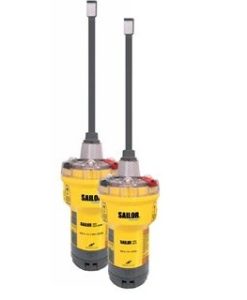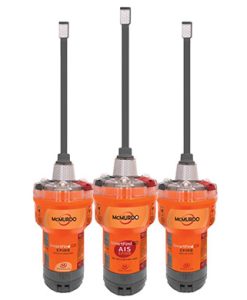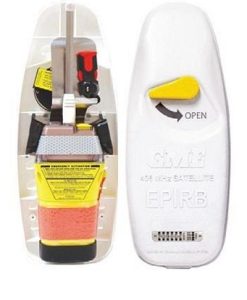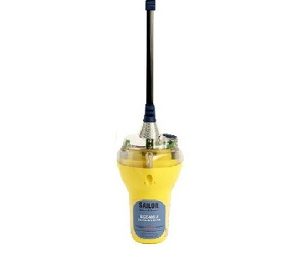An Emergency Position-Indicating Radio Beacon (EPIRB) is a type of emergency locator beacon for commercial and recreational boats. Moreover, It is a portable, battery-powered radio transmitter used in emergencies to locate boaters in distress and in need of immediate rescue. In the event of an emergency, such as a ship sinking or medical emergency onboard, the transmitter is activated. And begins transmitting a continuous 406 MHz distress radio signal. Which is used by search-and-rescue teams to quickly locate the emergency and render aid.
The signal is detected by satellites operated by an international consortium of rescue services, COSPAS-SARSAT. Which can detect emergency beacons anywhere on Earth, transmitting on the distress frequency of 406 MHz. The satellites calculate the position or utilize the GPS coordinates of the beacon. And quickly passes the information to the appropriate local first responder organization. Which then perform the search and rescue. As Search and Rescue approach the search areas, they use Direction Finding (DF) equipment to locate the beacon. Using the 121.5 MHz homing signal, or in newer EPIRBs, the AIS location signal.
What is the purpose of this system?
The basic purpose of this system is to help rescuers find survivors within the so-called “golden day” (the first 24 hours following a traumatic event). During which the majority of survivors can usually be saved. The feature distinguishing a modern EPIRB, often called GPIRB, from other types of emergency beacon is that it contains a GPS receiver and broadcasts its position. Usually it is accurate within 100 m (330 ft), to facilitate location. Previous emergency beacons without a GPS can only be localized to within 2 km (1.2 mi) by the COSPAS satellites. And relied heavily upon the 121.5 MHz homing signal to pin-point the beacons location as they arrived on scene.
The standard frequency of a modern EPIRB is 406 MHz. It is an internationally regulated mobile radiocommunication service. That aids search-and-rescue operations to detect and locate distressed watercraft, aircraft, and people. It is distinct from a satellite emergency position-indicating radio beacon station.
First form of these beacons was the 121.5 MHz ELT, which was designed as an automatic locator beacon for crashed military aircraft. These beacons were first used in the 1950s by the U.S. military. And were mandated for use on many types of commercial and general-aviation aircraft beginning in the early 1970s. The frequency and signal format used by the ELT beacons was not designed for satellite detection. Hence, it resulted in a system with poor location detection abilities and long delays in detection of activated beacons.
When was the satellite network built?
The satellite detection network was built after the ELT beacons were already in general use, with the first satellite not being launched until 1982. And even then, the satellites only provided detection, with location accuracy being roughly 20 km (12 mi). The technology was later expanded to cover use on vessels at sea (EPIRB), individual persons (PLB), and starting in 2016, maritime survivor locating devices (MSLD). All have migrated from using 121.500 MHz as their primary frequency to using 406 MHz, which was designed for satellite detection and location.
Since the inception of Cospas-Sarsat in 1982, distress radio beacons have assisted in the rescue of over 50,000 people in more than 7,000 distress situations. In 2010 alone, the system provided information used to rescue 2,388 persons in 641 distress situations.
EPIRB
EPIRB
EPIRB
EPIRB


